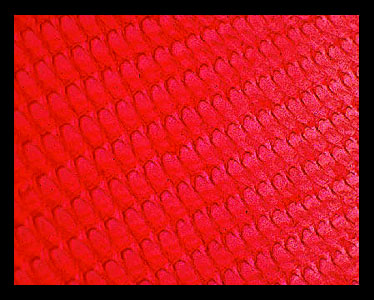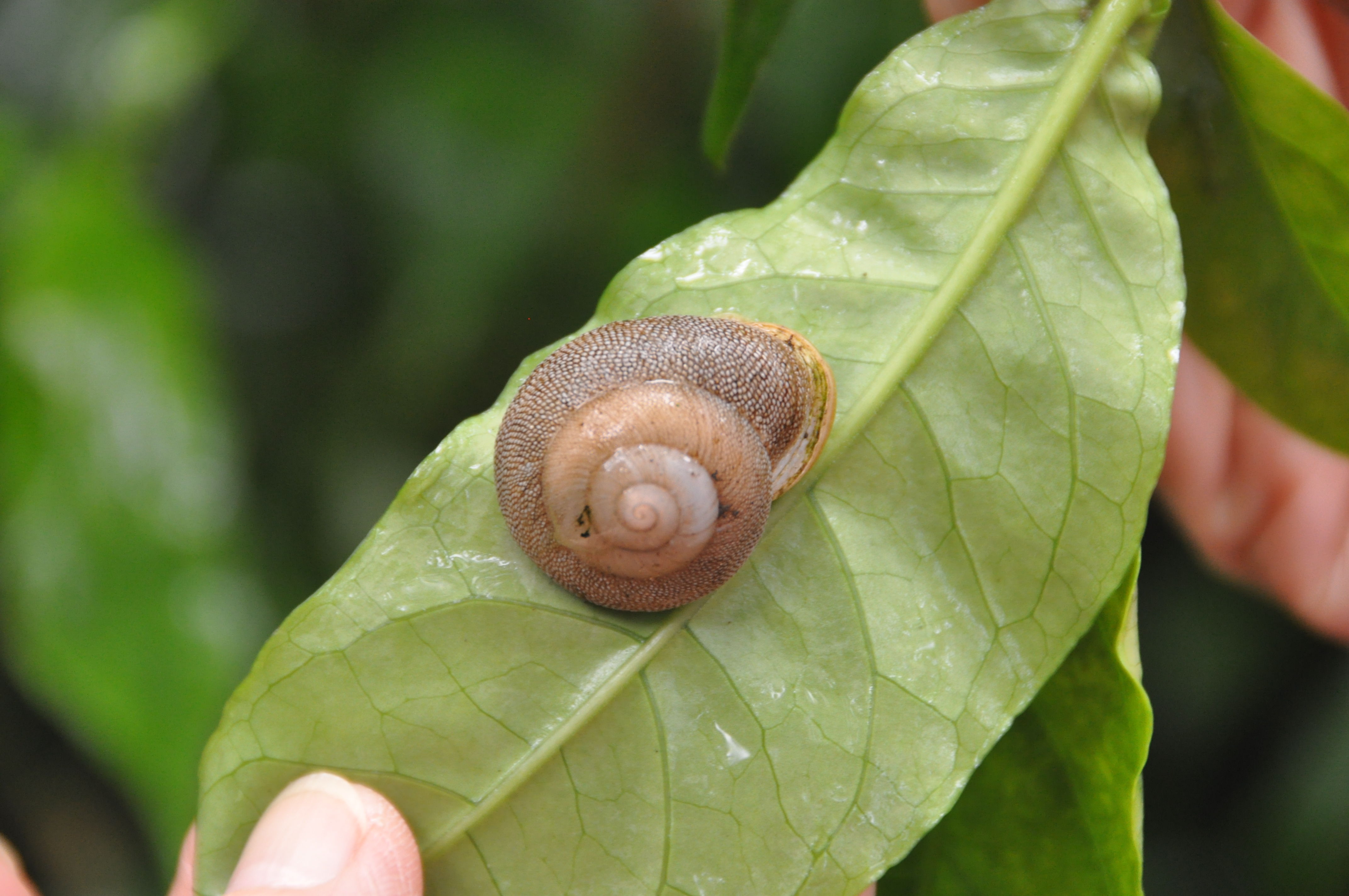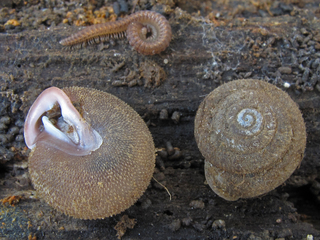Adaptation
Adaptation for Respiration
An air breathing lung is an adaptation that all pulmonate snails have, which has developed from the vascularized mantle (Hickman et al. 2012).The air breathing lung as I said was an adaptation of the mantle, and this works by contracting its muscles within the mantle to move air in and out of the lung sac (Discover Life, 2012). This gives Inflectarius the ability to live on land and no longer need gills. To get a better look at how the lung is positioned within the mantle cavity check out the picture on our reproduction page.
Adaptation for Living on Land
Living on land has its advantages and disadvantages. One thing that snails have adapted from being a water living species to being a terrestrial species is water conservation. If snails had no way to conserve extra water on land then they would dry out and die of dehydration compared to their relatives that live in water. Terrestrial snails have a unique excretory system where they produce uric acid which is an excretory waste that comes out with very little water in a solid form (Discover Life, 2012). Other animals that live on land also have this trait to help conserve extra water like reptiles, insects, and birds (Discover Life, 2012)
Adaptation for Nutrients
One thing that would be an advantage to living on land would be more availability of foods. Snails have a specialized feeding organ to help scrape particles off of rocks and other things on the ground (Gillis, 2012). That interesting organ is called a radula. The image to the right is microscopic picture of a snail radula where you can see all of the individual teeth of chitin (Gillis, 2012). For more information on how snails get their food see our Nutrition page.
Adaptation for Heat Regulation
Living on land means that the temperature is subject to change faster than in the water so terrestrial snails have an adaptation to help ease the transition. According to a research study done by Mizrahi and colleagues they found out that there are Heat Shock Proteins (HSP) that terrestrial snails have that help them survive in warmer weather (Mizrahi et al. 2012). This helps regulate temperatures that change drastically.
Adaptation for Sight
Have you have ever watched a cartoon where the animals eyes poke out if its head? Thats funny right? well, to these snails it is not really funny, but just what they do on a regular basis. Inflectarius, and other Polygridae snails have the ability to pull their tentacles in and out with the assistance of a few muscles (Zipcode Zoo, 2012). These tentacles also have eyes at the end where you can see on the picture in our reproduction page along with many other interesting facts.
Adaptation for Safety
In all cases animals need to be able to protect themselves, and this is exactly why they have a shell. A snails shell is made of a hard mineral called calcium carbonate (Hickman, 2012). This is a very important defense mechanism to protect the soft body underneath. There are many different adaptations in shells as well as you can somewhat see through the few pictures on our website.
A Unique Shell Adaptation
One unique adaptation that sets Inflectarius approximans apart from other species in its genus is the distance of its lip teeth. It gets its common name as the tight gapped shagreen by having 1/2mm distance between the space in its teeth, while other species within the Inflectarius genus have a slightly larger space between their teeth that is 1mm in distance (Pilsbry, 1940). The picture to the upper left is a good example of the tooth spacing.

